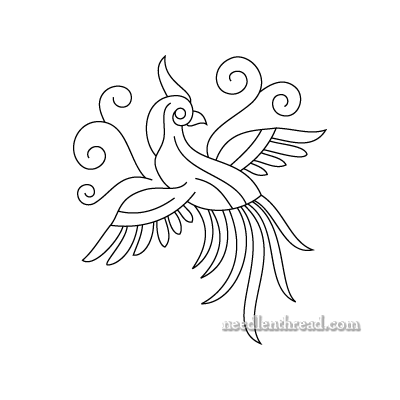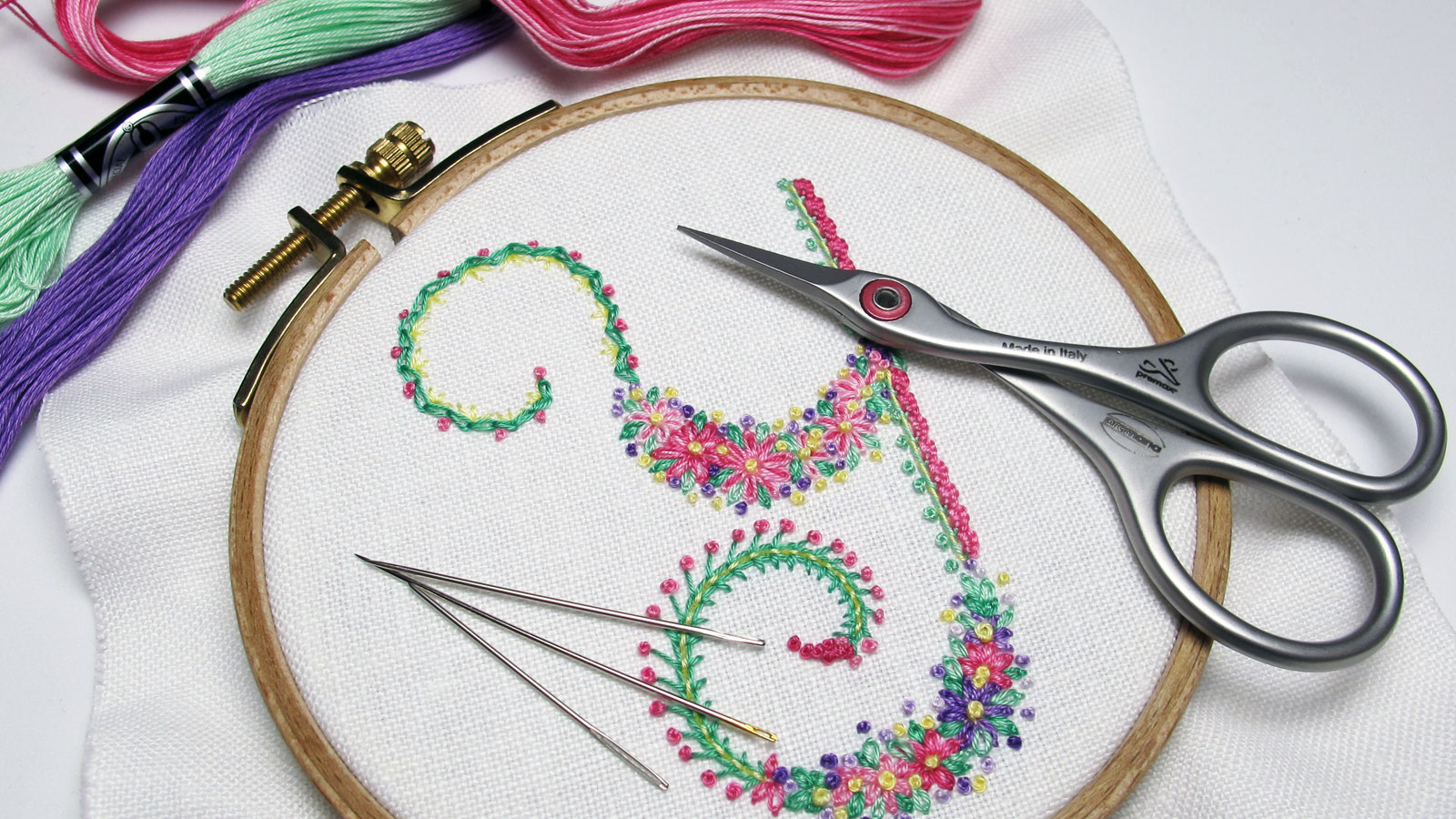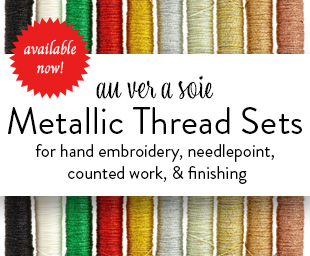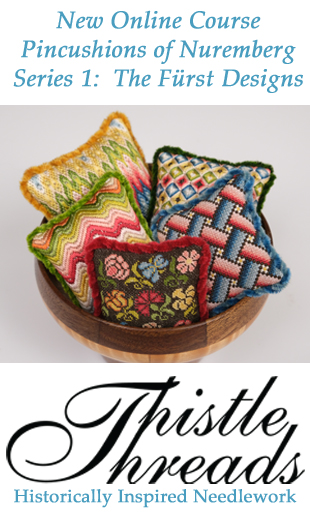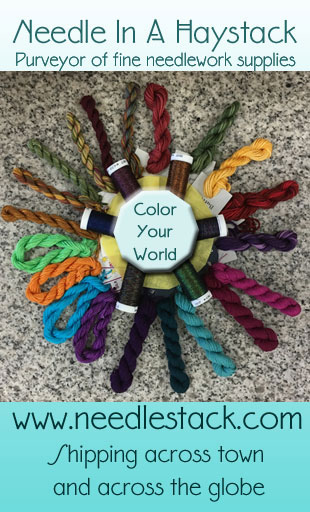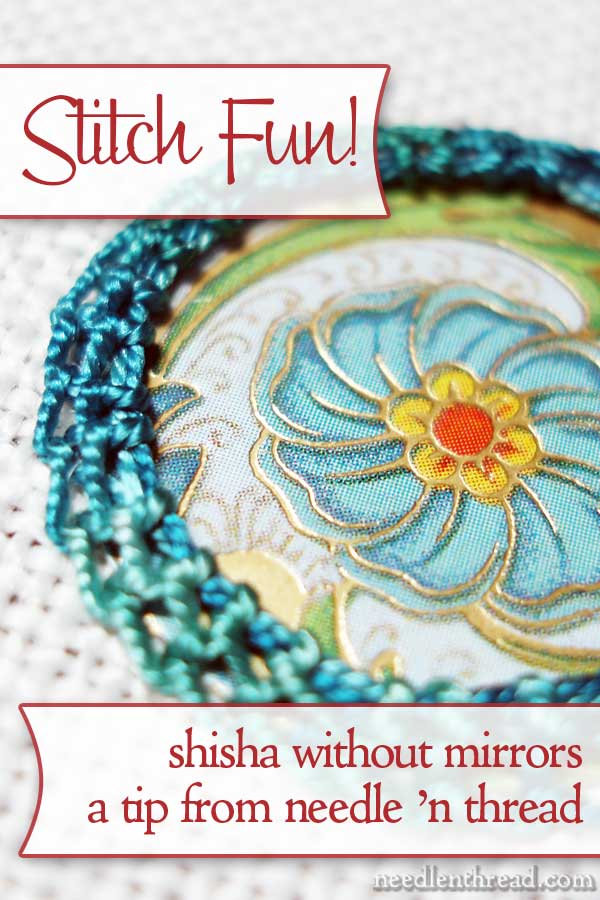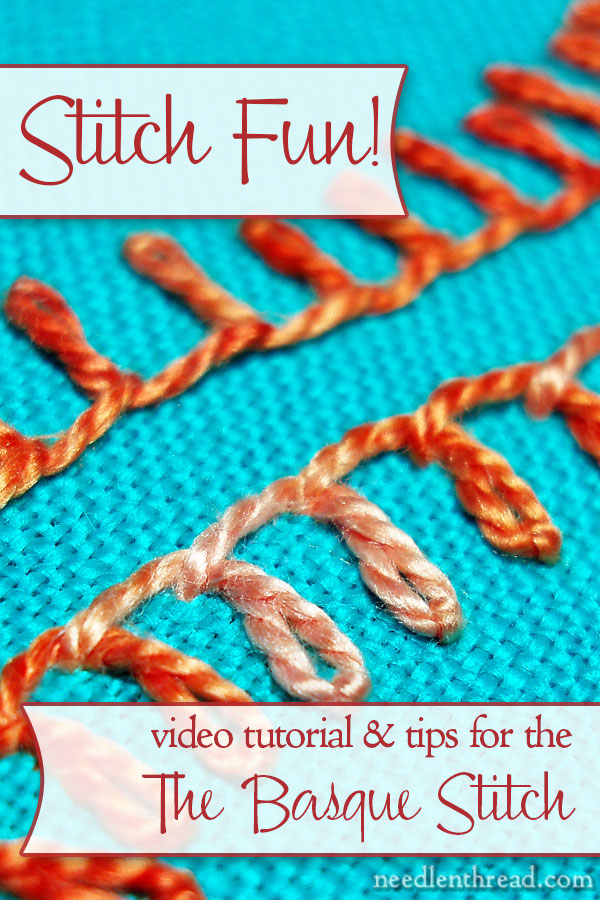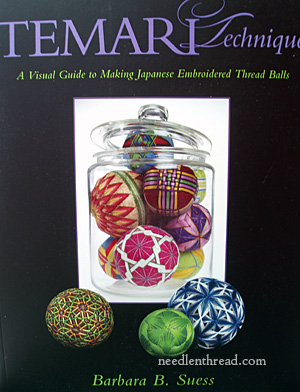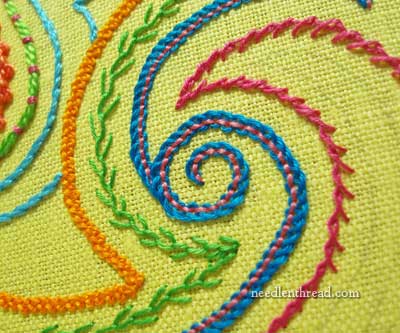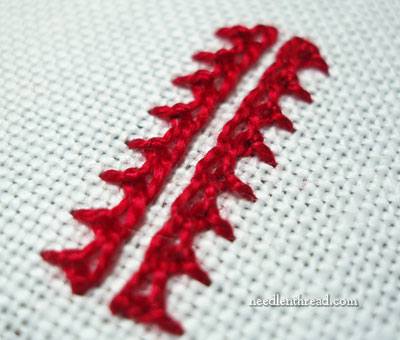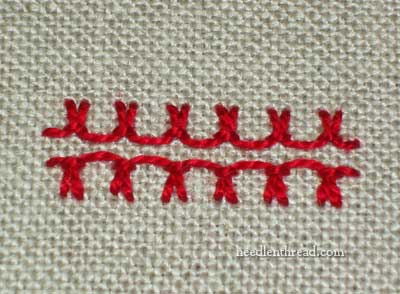June 23, 2012
Free Hand Embroidery Pattern: Little Bird of Paradise
It’s been a while since I’ve posted a free hand embroidery pattern here on Needle ‘n Thread! This one, I dug up from an old issue of Le Journal de Brodeuses, cleaned it up and digitized it so that I can use it as a project to demonstrate some techniques. I’ll show you that in the future. Right now, the whole concept is just bubbling about in my brain.
But in the meantime, I think it’s a great hand embroidery pattern for working simple stitches, so I thought you might want a copy of it, too!
